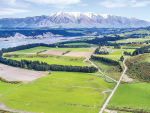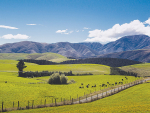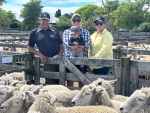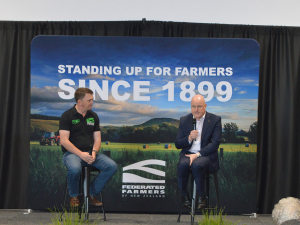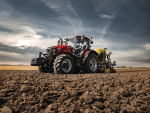Summer has seen a good start to farm sales, according to the latest data from the Real Estate Institute of New Zealand (REINZ)
There were 46 more farm sales for the three months ended December 2018 than for the three months ended December 2017.
Overall, there were 440 farm sales in the three months ended December 2018, compared to 336 farm sales for the three months ended November 2018 (+31%), and 394 farm sales for the three months ended December 2017. 1,505 farms were sold in the year to December 2018, 3.8% fewer than were sold in the year to December 2017, with 19.0% less dairy farms, 1.3% more grazing farms, 3.9% more finishing farms and 3.1% fewer arable farms sold over the same period.
The median price per hectare for all farms sold in the three months to December 2018 was $27,288 compared to $29,266 recorded for three months ended December 2017 (-6.8%).
The median price per hectare fell 10.3% compared to November 2018.
The REINZ All Farm Price Index rose 0.02% in the three months to December 2018 compared to the three months to November 2018. Compared to December 2017 the REINZ All Farm Price Index fell 0.7%.
The REINZ All Farm Price Index adjusts for differences in farm size, location and farming type, unlike the median price per hectare, which does not adjust for these factors.
Ten of the 14 regions recorded increases in the number of farm sales for the three months ended December 2018 compared to the three months ended December 2017. Northland (+16), Manawatu/Wanganui (+13) and Wellington (+11) were the top regions to increase the number of farm sales compared to December 2017. Bay of Plenty recorded the most substantial decline in sales (-13 sales) followed by Canterbury (-10 sales). Compared to the three months ended November 2018, 13 regions recorded an increase in sales with the biggest increase being in Waikato (+20 sales).
REINZ rural spokesman Brian Peacocke says sales volumes for the 3 month period ending 31 December 2018 were stronger in all categories compared to the previous 3 month period, apart from horticulture sales which eased by 12%.
“Compared to the same period ending December 2016, all categories were down significantly apart from sales of finishing properties which increased over that period by 13%.
“From a climatic perspective, most regions enjoyed more rain than the norm, with resulting benefits to livestock via strong pasture growth and maize crops in particular which have experienced the best growing conditions recorded for some years.
“Of particular note, from one who has farmed within and travelled in and out of Hawke’s Bay for 50 years, are the hills south of Hastings in Hawke’s Bay which were still green in early January whereas they would normally be dry and brown by late October in any given year.”
Weather patterns producing such results are quite extraordinary, notes Peacocke.
“Morale throughout the rural sector is generally very good, with solid levels of production in the dairy sector, strong prices for sheep and beef, and continuing optimism for output in the horticultural sector.
“The major constraint balancing such optimism is the dramatic shortage of labour throughout the country, a factor which is impacting negatively on all sectors in the rural economy,” he concludes.






